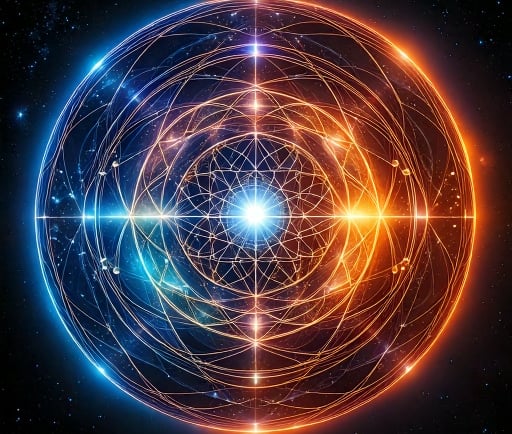General Relativity: The Curvature of Spacetime


Introduction to General Relativity
The theory of general relativity, proposed by Albert Einstein in 1915, revolutionized our understanding of gravity and its effects on the universe. Unlike Newton's laws, which described gravity as a force acting at a distance, general relativity defines gravity as a geometric property of space and time, also known as spacetime. It suggests that massive objects such as planets and stars warp the fabric of spacetime, creating curvature that influences the motion of other objects.
The Nature of Spacetime Curvature
In general relativity, curvature is a fundamental concept in understanding gravitational interactions. When mass is present, it distorts the surrounding spacetime, creating a 'well' that other objects fall into. This phenomenon can be visualized by imagining a heavy ball placed on a taut rubber sheet. The fabric of the sheet represents spacetime, and the ball represents a celestial body. As the ball sinks into the sheet, it creates a dip or curvature around it, causing smaller objects nearby to roll toward it.
This curvature directly impacts the paths taken by objects as they move through space. For instance, the orbit of a planet around a star is not merely the result of a force pulling it towards the star; instead, the planet follows a trajectory determined by the curvature of spacetime affected by the star's mass. This theory extends beyond planetary motion, influencing light paths, leading to phenomena such as gravitational lensing.
Implications of General Relativity
The implications of general relativity are profound and far-reaching. It has enriched our understanding of various cosmic phenomena, including black holes, neutron stars, and the expansion of the universe. General relativity predicts the existence of black holes, regions in space where the gravitational pull is so intense that nothing, not even light, can escape. Furthermore, the theory has been verified through numerous experiments and observations, such as the detection of gravitational waves and the study of cosmic microwave background radiation.
Moreover, the theory challenges our notions of time and space, suggesting they are not absolute but are affected by mass and energy. The closer an object is to a massive body, the slower time passes relative to an observer far away. This concept, known as time dilation, has practical applications, notably in GPS satellite technology, which must account for the effects of general relativity to provide accurate positioning data.
Conclusion
General relativity remains one of the cornerstones of modern physics, providing a comprehensive framework for understanding the nature of gravity and its relationship with spacetime. As research continues, the exploration of general relativity's implications not only enhances our knowledge of the universe but also prompts philosophical inquiries about the very nature of reality itself. The study of gravity, spacetime curvature, and how mass and energy interact continue to fascinate scientists and enthusiasts alike, paving the way for future discoveries in the realm of theoretical physics.
